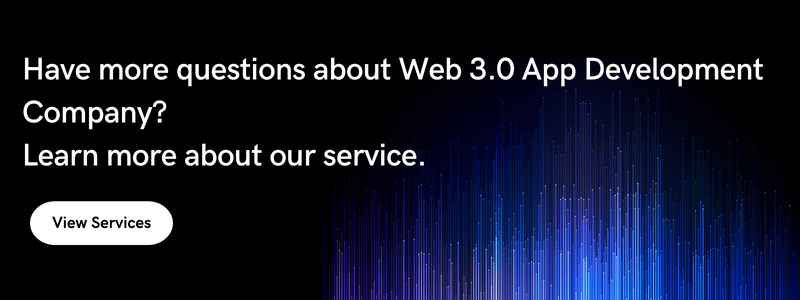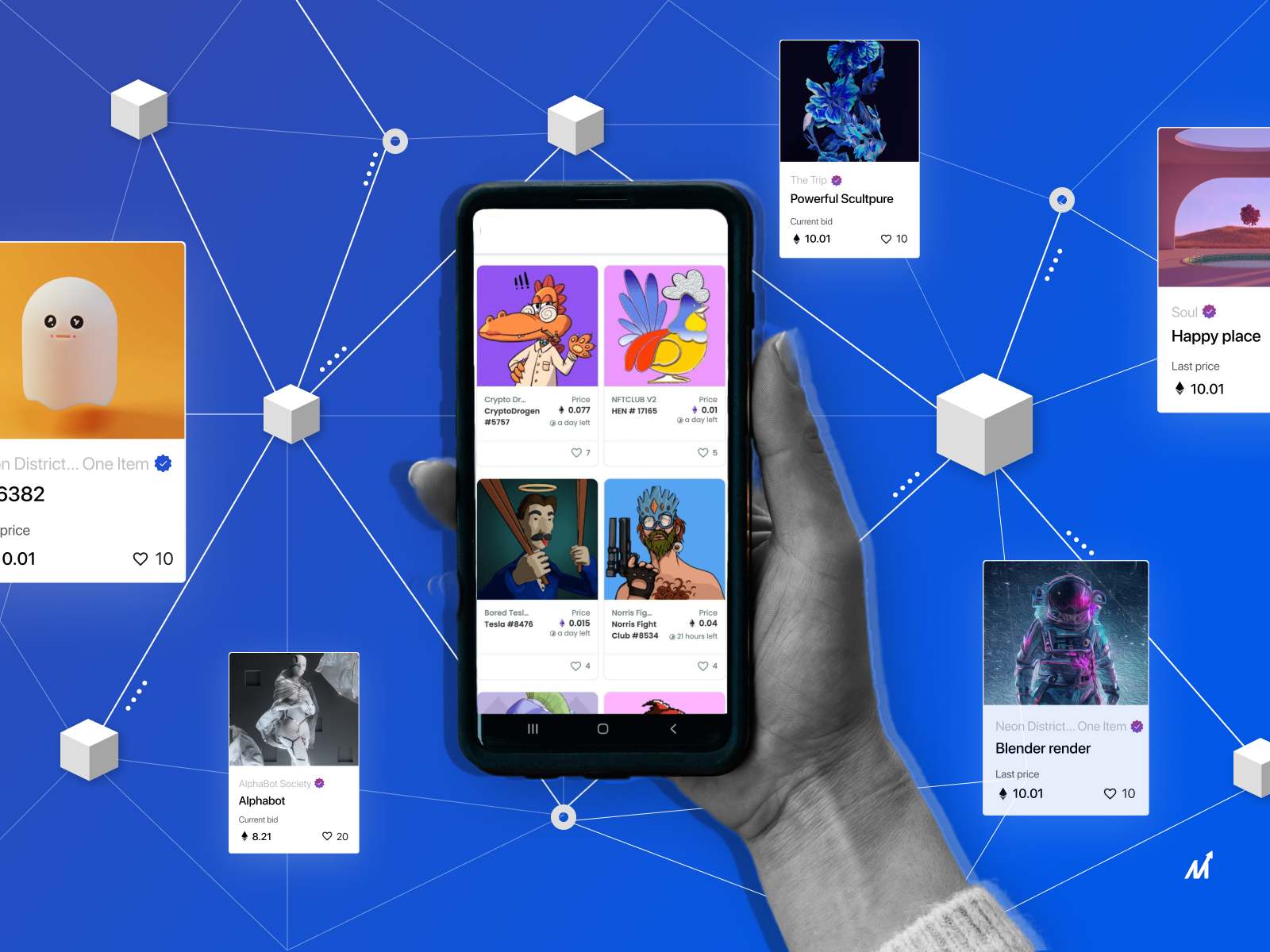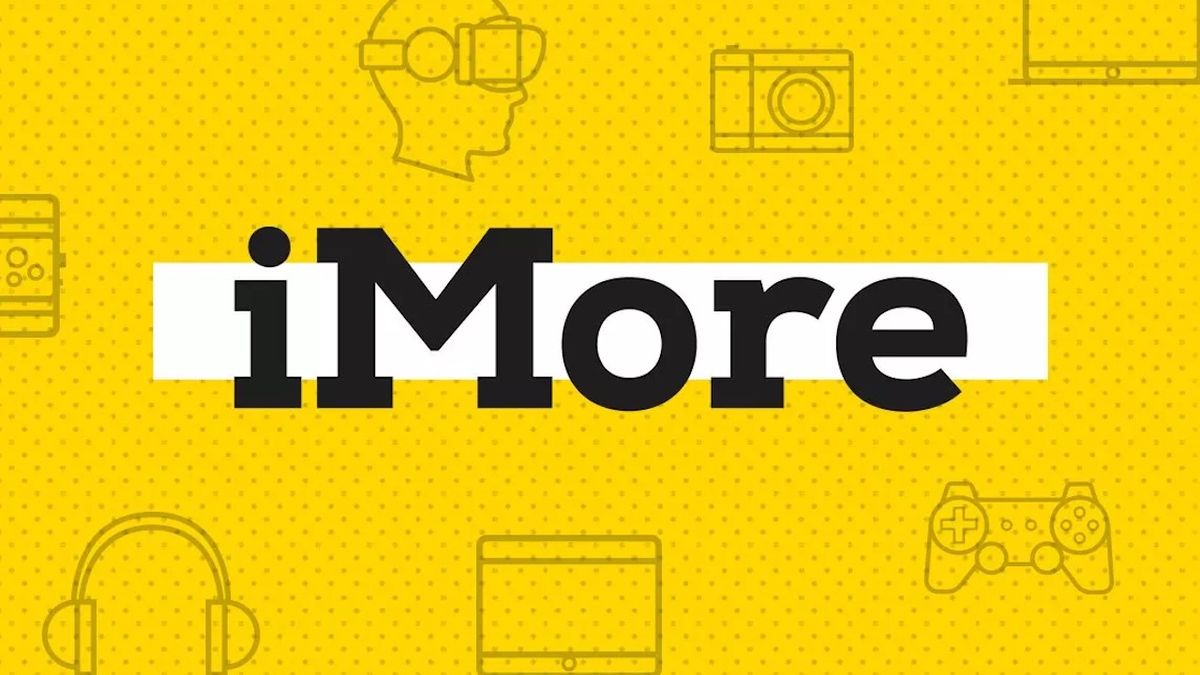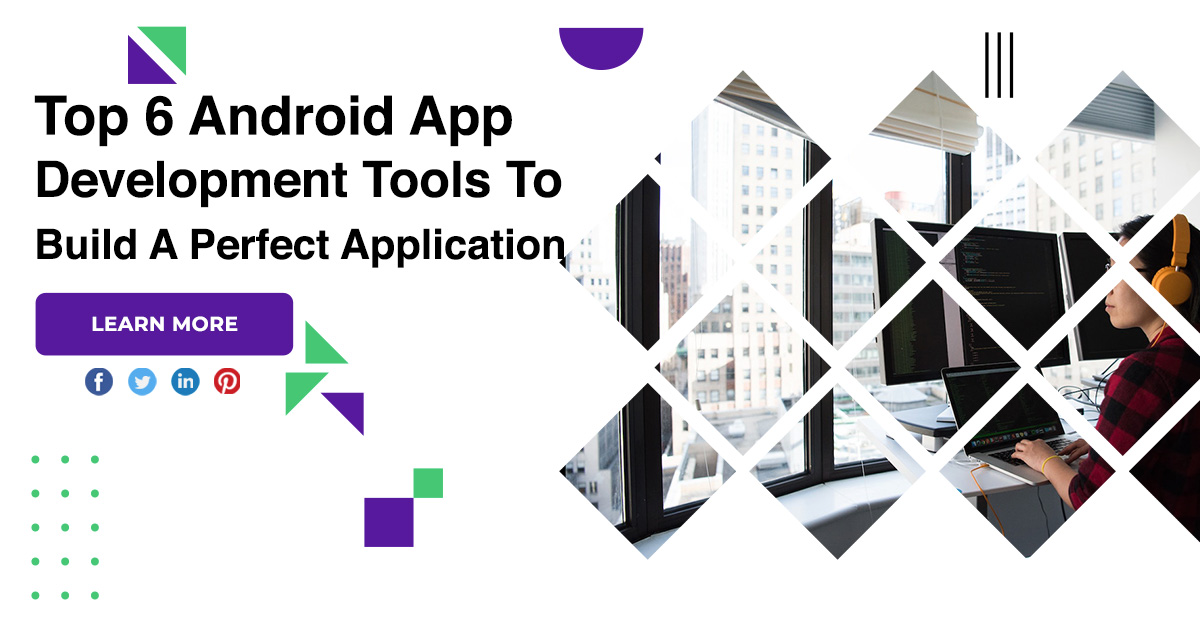Web3 Mobile Apps: Introduction
From Web 1 or 2 to now, Web3 mobile apps, the world of mobile apps, is progressing daily and year by year. Back in the 1990s, The Internet by Tim Berners Lee introduced us to the concept of the web, which enabled sharing of information in ways that removed many barriers, be it in how the content was displayed or how users could exchange information over networks. The first web, referred to as Web 1.0, came into existence and used the concept of static web pages. This meant that the scope of user interaction was limited, and no advanced algorithms were used to improve the user experience.
The use of three fundamental technologies, HTTP, HTML, and URL, was implemented to develop this consumer-driven, ”read-only web,” and this started the WWW revolution. By utilizing technologies such as HTML, CSS, and Javascript, Web 2.0 created a more dynamic form. It was more advanced than Web 1.0, encouraged users to create content, made the Internet accessible to everyone, and used APIs to increase website functionality.
Web 3.0 has now brought a revolution in the tech industry, which was unthought of a few years ago. Evolving from the earlier forms, Web 3.0 believes in creating a decentralized and dynamic network powered by AI and Machine Learning to allow intelligence to deliver content to Internet users.
Web 3.0 is the current buzzing word, which has also grabbed the attention of businesses, billionaires, and entrepreneurs. The Web 3.0 revenue is expected to grow 35.4% from 2022 to 2029, reaching nearly US$ 64.38 Bn. The demand for a self-sufficient and open Internet is, thus, very evidently high. Therefore, understanding Web3 mobile apps and their work are essential to expanding your business and staying up-to-date.
What Makes Web3 Different?
To maximize their potential, Web3 mobile apps apply the Web 3.0 model to create applications. These apps are used in various industries, from social media to gaming. They combine the best of technology to achieve previously impossible goals.
Web 3.0 is based mainly on 3 cutting-edge technologies: edge computing, decentralized data networks, and artificial intelligence. There are various factors due to which Web 3.0 stands out:
-
Trustless and Permissionless:
Also referred to as the ”read, write and own web,” Web 3.0 believes in giving complete ownership of the Internet to its users and does not support third-party interference of any kind. Trustless and permissionless means anyone can join the network and interact, publicly or privately, without any authorization from anybody.
-
A new level of connectivity
Web3 mobile apps integrate the use of IoT sensors and semantic metadata vastly. As a result, users can access all the information available without restriction, which increases their experience. The user gets the best experience possible, and the network formed by all the devices, not just smartphones, and laptops, can interact better amongst themselves too.
Till now, we have only seen dynamism in websites in the form of animations, 2-D graphics, GIFs, etc. Web 3.0 would employ three-dimensional design in their websites and applications to give the users a real-life feel and make the network more interactive. Using 3-D graphics, e-commerce applications can create a shopping experience similar to a real store. The main aim is to minimize the gap between virtual and actual reality and completely change how users interact with applications.
Web3 Mobile Apps: Architecture Explored
Web3 mobile apps, also known as dApps ( decentralized applications), differ from Web 2.0 because it eliminates the need for centralized databases and servers to facilitate interaction with the user. In Web 3.0, everyone participating in the network maintains the decentralized state machine collectively and with full ownership.

Frontend
The Frontend layer interacts mainly with the smart contracts to connect to the nodes. This is not a typical backend-frontend interaction. Each node carries the machine’s state, and for interaction, the user must set up their node or use third-party providers such as Alchemy. These providers communicate with the Blockchain network using JSON-RPC ( Remote Procedure Calls) and allow the client to retrieve the response from the state machine.
As soon as the user node is connected, they become part of the Blockchain network, where it can read/write. This is done with the help of encryption, using the client’s private key when any transaction is requested. Metamask, a third-party provider, is used for this purpose, i.e., to store the clients’ private keys and sign the transactions. The other nodes (or miners) verify it after reaching a mutual consensus, after which the transaction is executed. A gas fee might also be charged to distribute amongst the other miners and keep the self-sufficient network going.
Data Layer
As blockchain networks require gas fees to store data, P2P solutions are preferable. For example, IPFS ( Inter Planetary File System) is a peer-to-peer file system protocol that allows the use of public/private gateways to connect to the network. All the data is accessible via decentralized protocols like IPFS, Filecoin, and UCAN, which enables a trustworthy and reliable data layer. When querying the blockchain or P2P network, The Graph can convert GraphQL queries into smart contracts and peer-to-peer getaways.
Backend
The backend works based on smart contracts, which keep the blockchain network going. A decentralized network is necessary for dApps to function. Thus, all the nodes in the network maintain the state machine with the help of mutual consensus, which validates the program’s stability throughout. Each node in the network can contribute and participate, making it restriction-free and open to everyone.
All the blockchain P2P network nodes reach a conclusion through pre-defined rules. Thus, no centralized authority has overall control, and everyone gets to participate equally. The most used Blockchain platform is Ethereum. These contain Smart Contracts, which can connect to any API and attain external data.

Web3 Mobile Apps: Challenges
1. Since it is relatively new, there is a lot of uncertainty, and beginners can face many challenges while learning about this model. Most of the technology used contains complex principles and concepts researched or came into existence a few years ago, making Web 3.0 mobile app development tedious.
2. It is open to all networks, which can become quite messy after a certain period. As each participant in the network can read/write on the web without any restrictions, there might be cases where hackers can get easy access to data. Web 3.0 is hugely interconnected, and gaining access to anyone’s personal/private data might not be that difficult since there are no strict rules.
3. Normal devices might not be able to handle the requirements of the Web 3.0 network, and only devices having certain specifications are compatible with the Blockchain network. This is because mining is a resource-intensive process consuming a lot of energy, and along with features like 3-D graphics, less advanced devices might crash.
Markovate & Web 3.0: Our Experience
Markovate, as a Web 3.0 App Development Company, aims to provide your enterprises with the best developers. They have extensive knowledge of the technologies used to implement your application.
Web3 mobile app architecture can be pretty complex, and its development process is quite tedious. Our services and experience in developing Web3 solutions using technologies like AI, Blockchain, cryptography, and programming languages like Rust and Solidity, can create dApps that are secure, reliable, smooth, and updated with the latest technology in the market.
Our team of experienced Web3 developers supports you throughout the process. It helps to create scalable products that provide your users with a unique digital experience and incorporate all the elements per your business needs.
Further Read: Web3 vs Metaverse: Everything You Need To Know
Web3 Mobile Apps: FAQs
1. Is Web3 a metaverse?
It is important to note that Web3 mobile apps and Metaverse are not synonymous, even though they use similar technologies. Web 3.0 is a decentralized model for the Internet, whereas Metaverse is an experience created using a network of virtual worlds.
2. What are some benefits of Web 3.0 Mobile Apps?
Web 3.0 Mobile Apps encourage ownership, increased security of the user’s data, faster transactions, and encrypted storage, along with incorporating remarkable technologies such as 3-D Graphics and Blockchain, which result in an enhanced and secure user experience.
3. What are some industries where Web 3.0 Mobile Apps are used?
Numerous industries are adopting Web3 mobile apps, including banking, gaming, networking, e-commerce, and healthcare.






















Discussion about this post